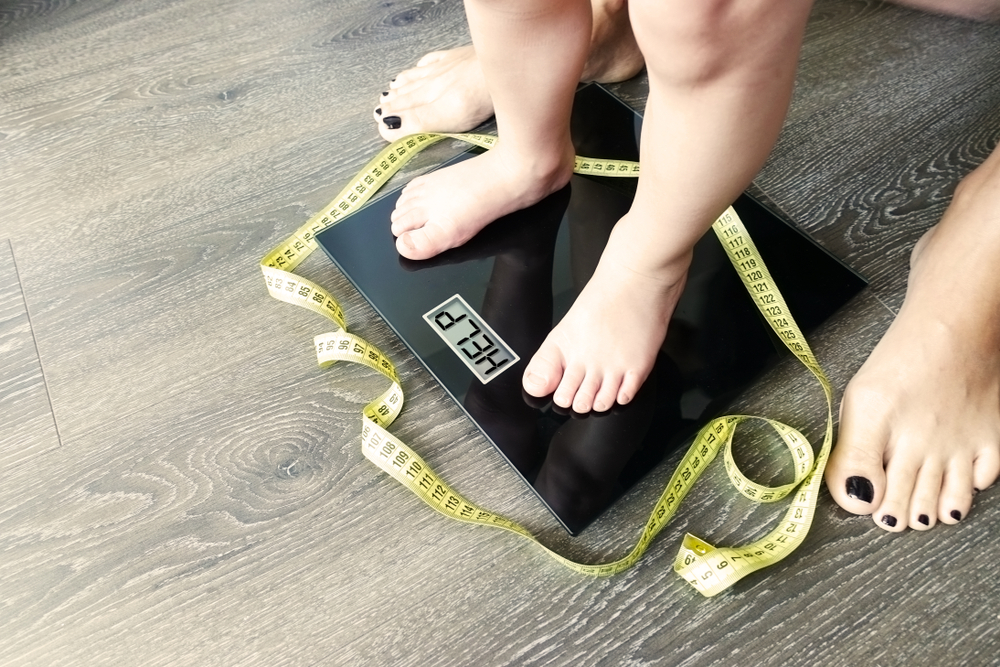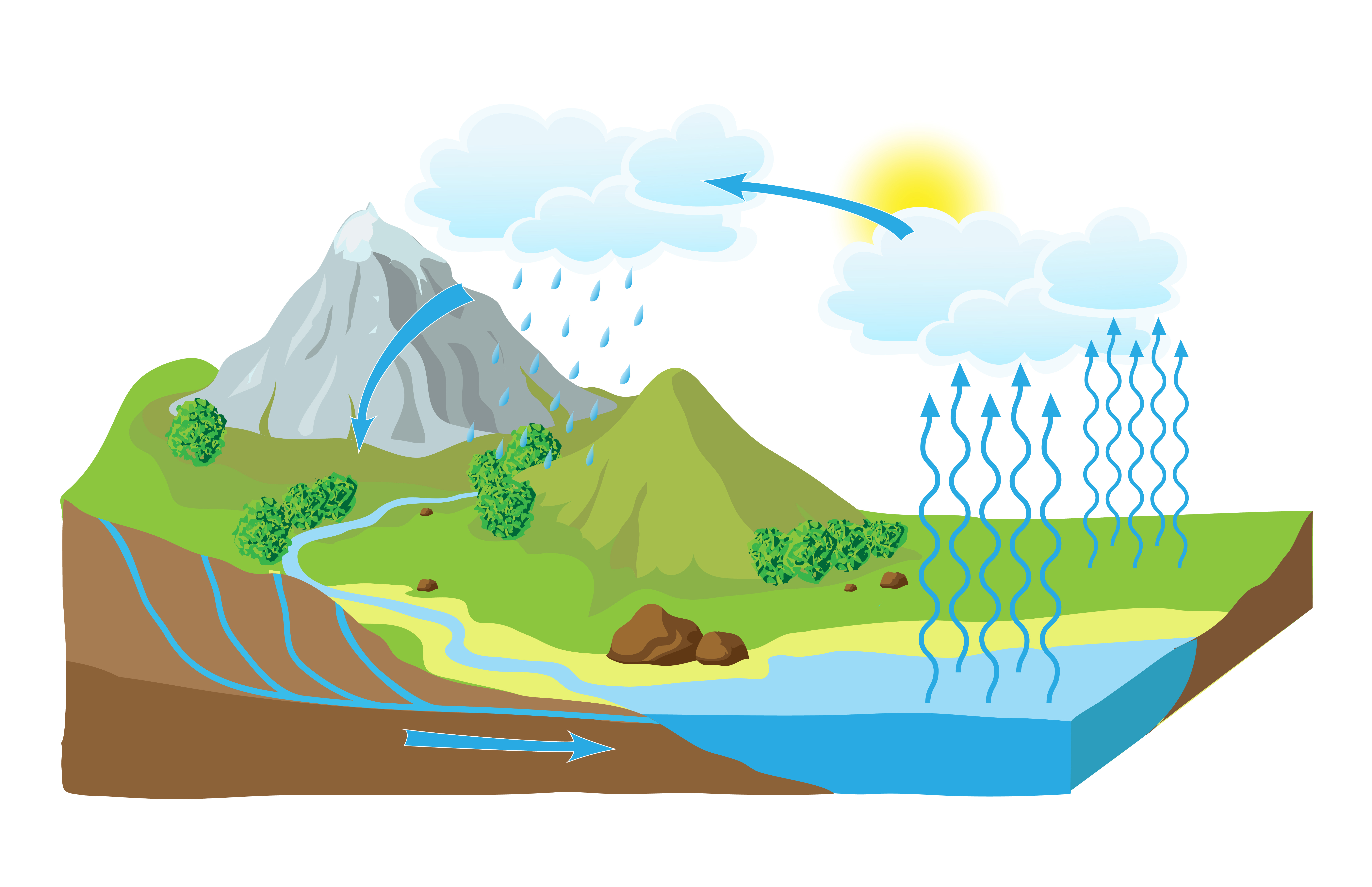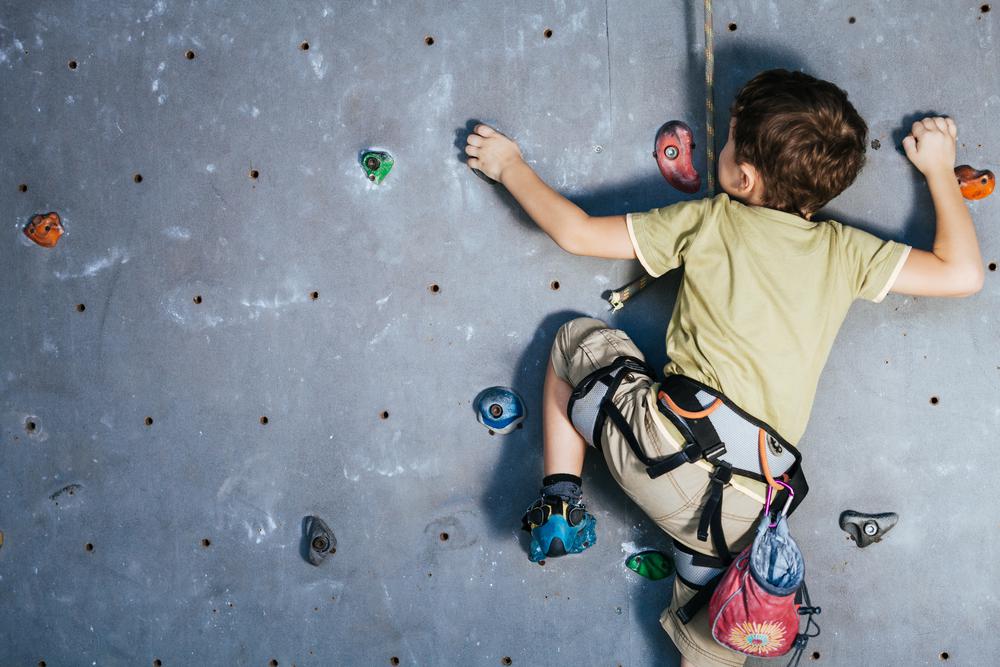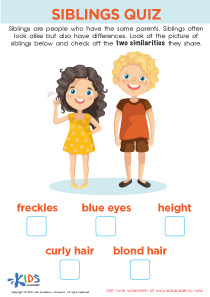Physical Science Worksheets for Ages 5-8
85 filtered results
-
From - To
Unlock the wonder of the physical world with our engaging Physical Science Worksheets for Ages 5-8. Designed to foster curiosity and understanding, these worksheets introduce young learners to basic concepts such as matter, energy, and forces through fun, hands-on activities. Each worksheet features colorful illustrations and simple explanations that make learning interactive and enjoyable. Whether they are exploring different states of matter or experimenting with forces and motion, children will develop important scientific thinking skills. Perfect for use at home or in the classroom, our worksheets are an excellent resource for sparking a lifelong love of science.
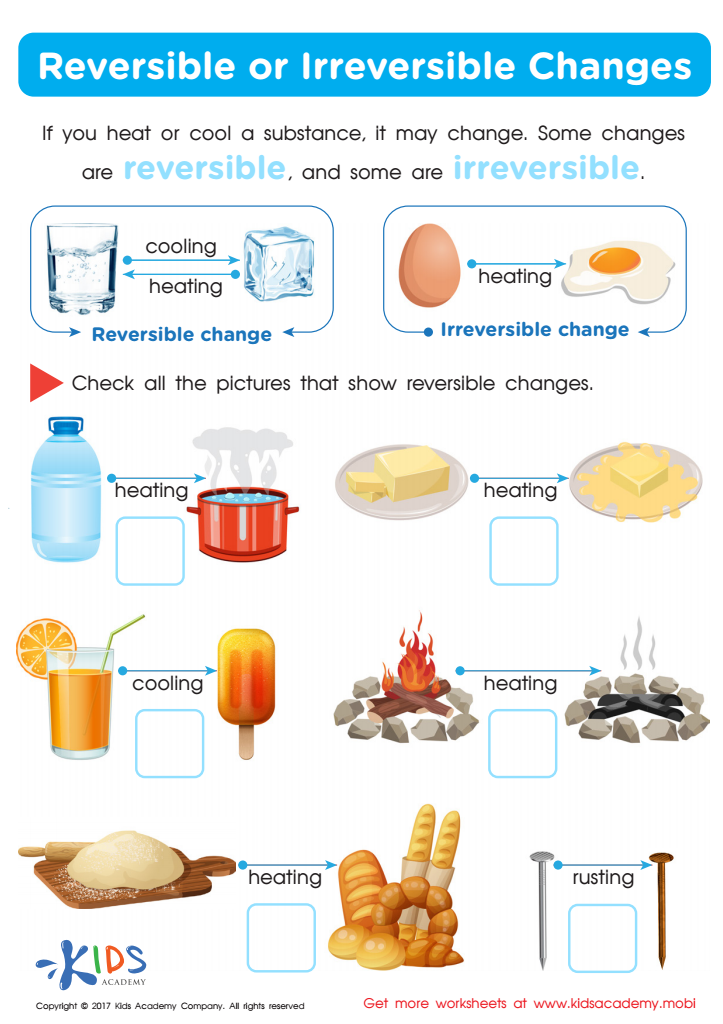

Reversible Irreversible Changes Worksheet
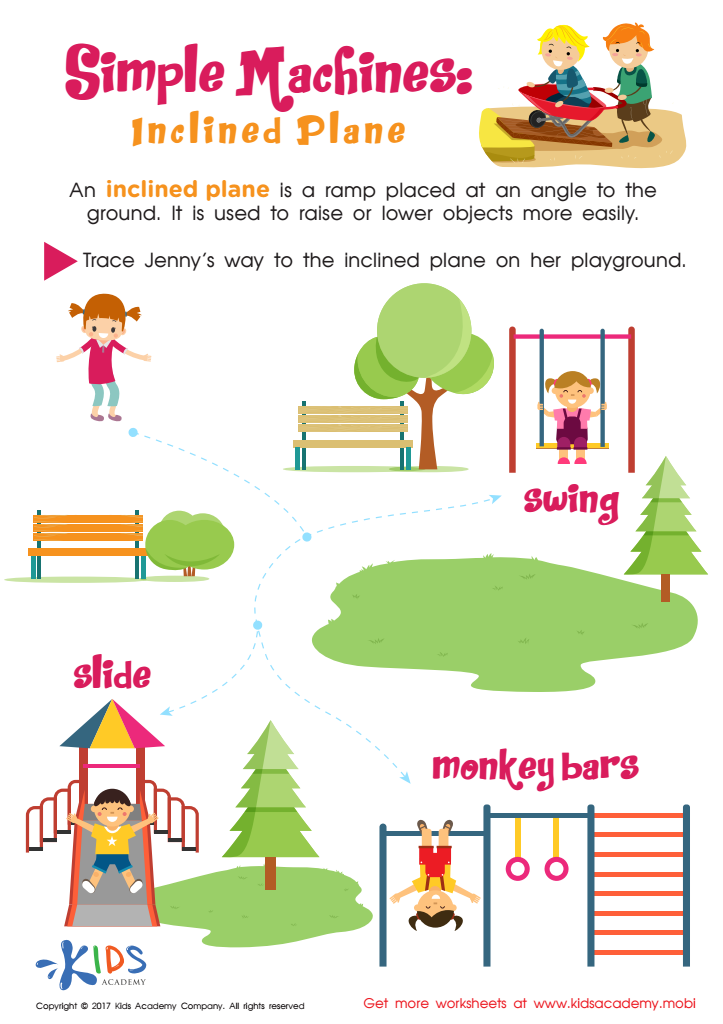

Simple Machines Inclined Plane Worksheet
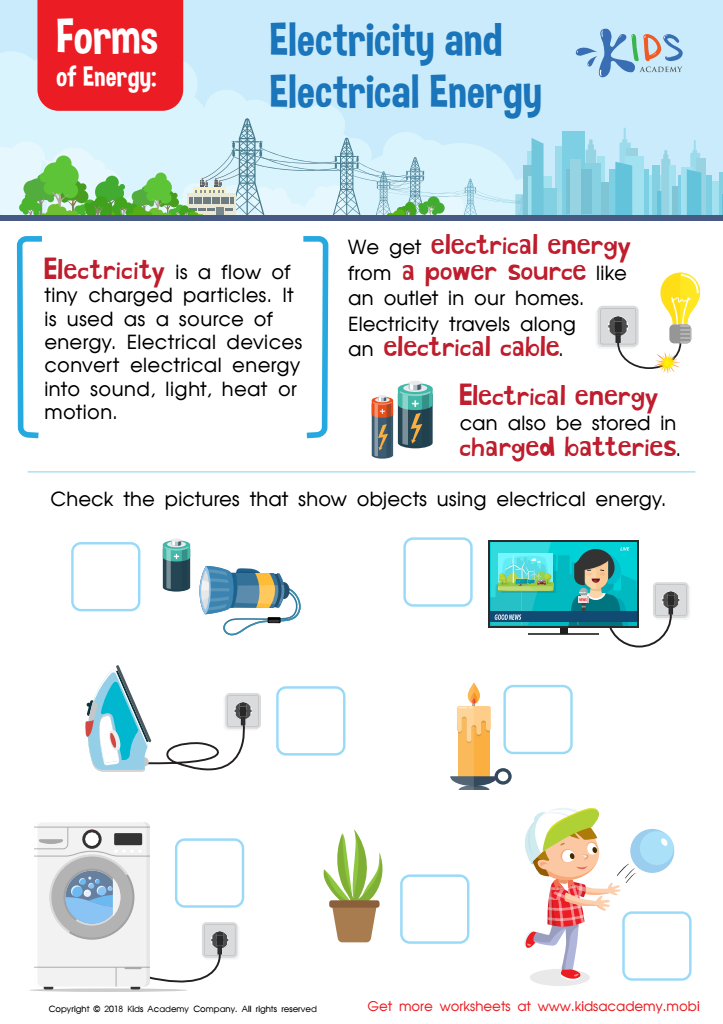

Forms of Energy Worksheet
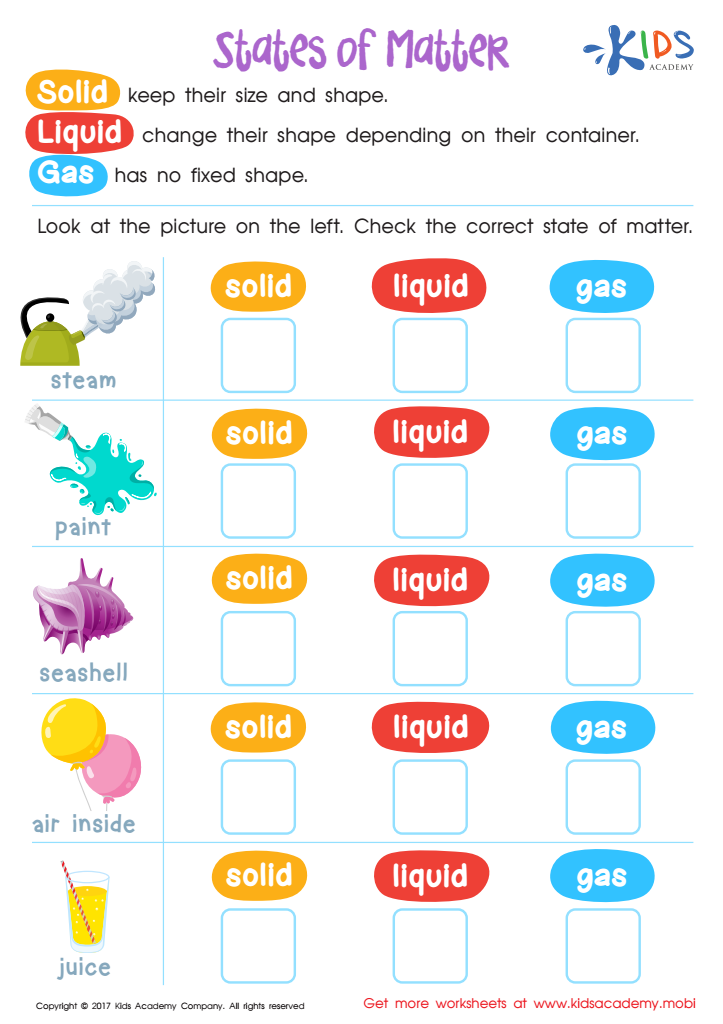

Physical Science: States of Matter Worksheet
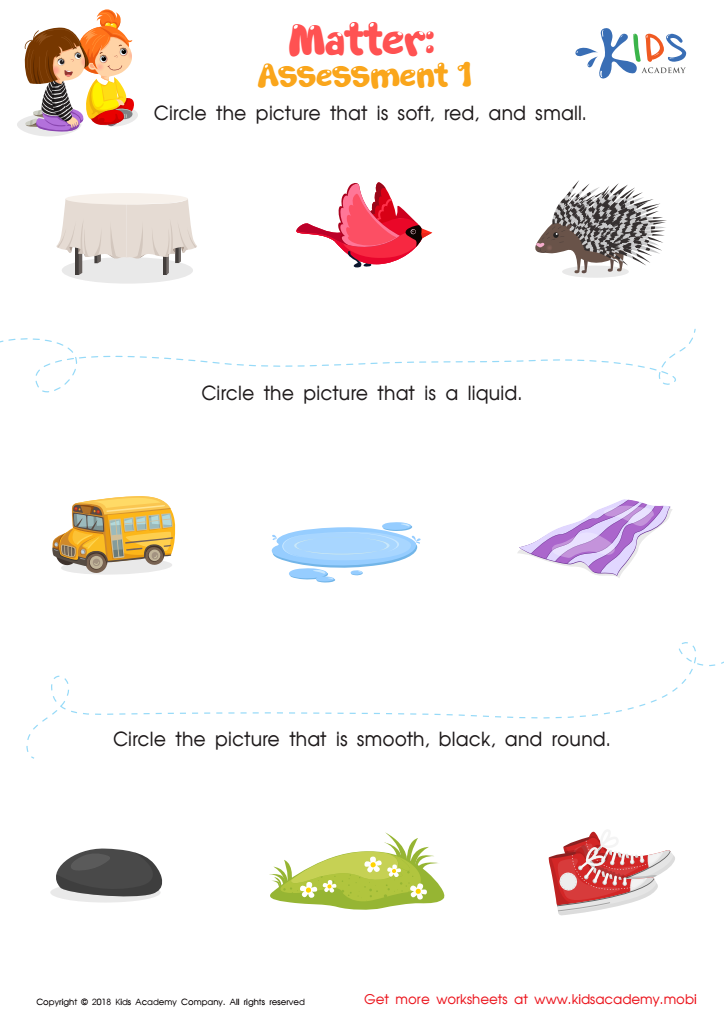

Matter: Assessment 1 Worksheet
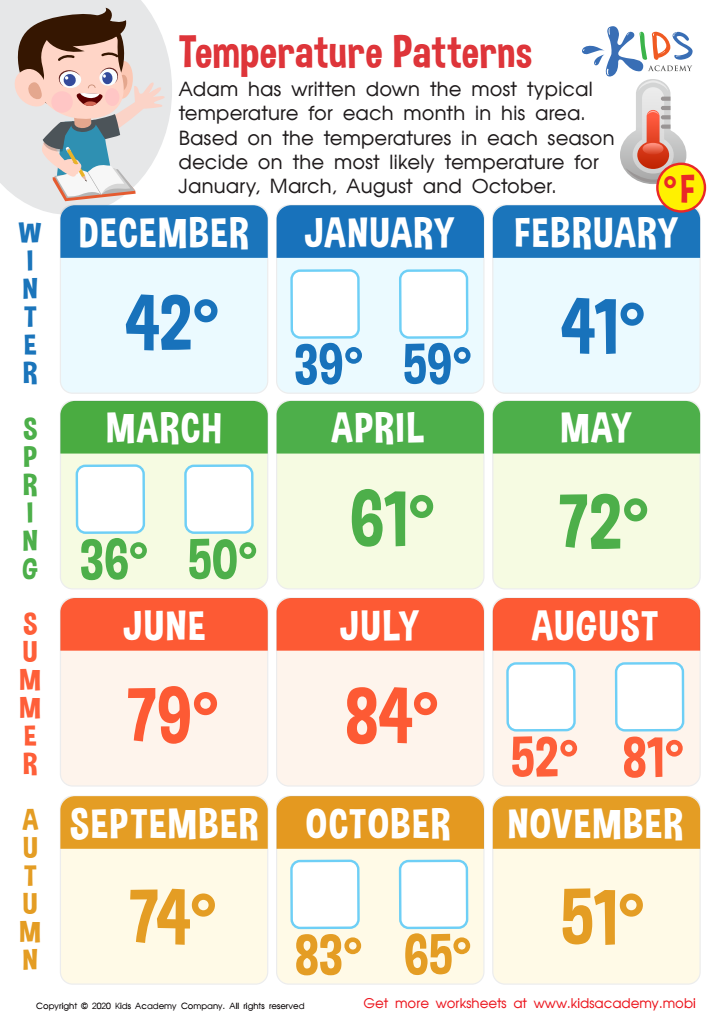

Temperature Patterns Worksheet
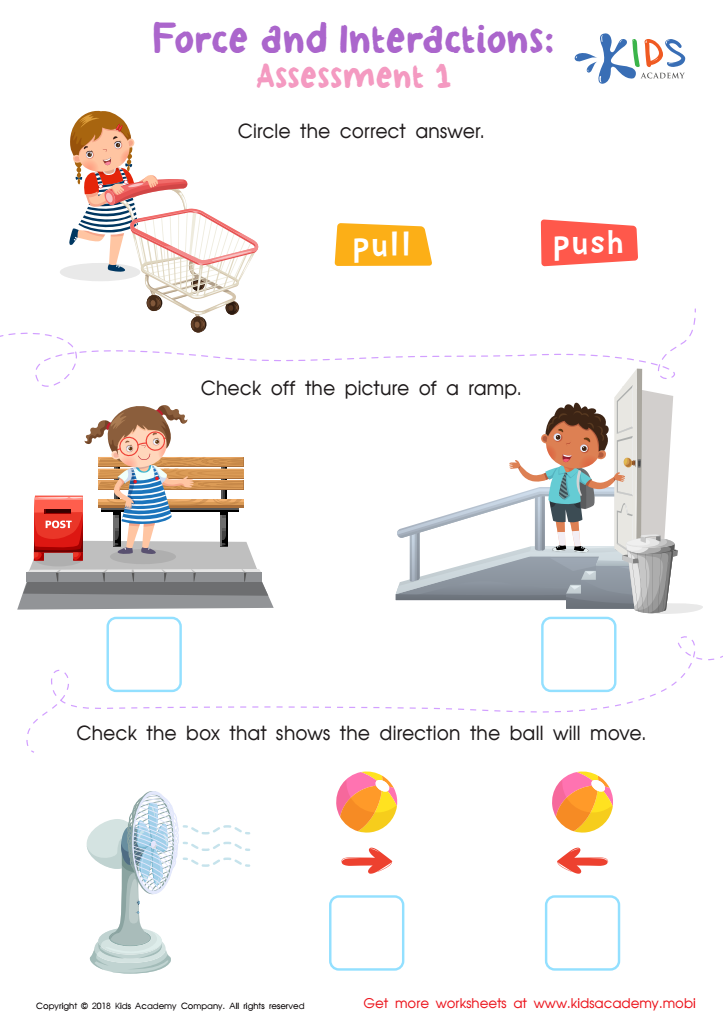

Force and Interactions: Assessment 1 Worksheet
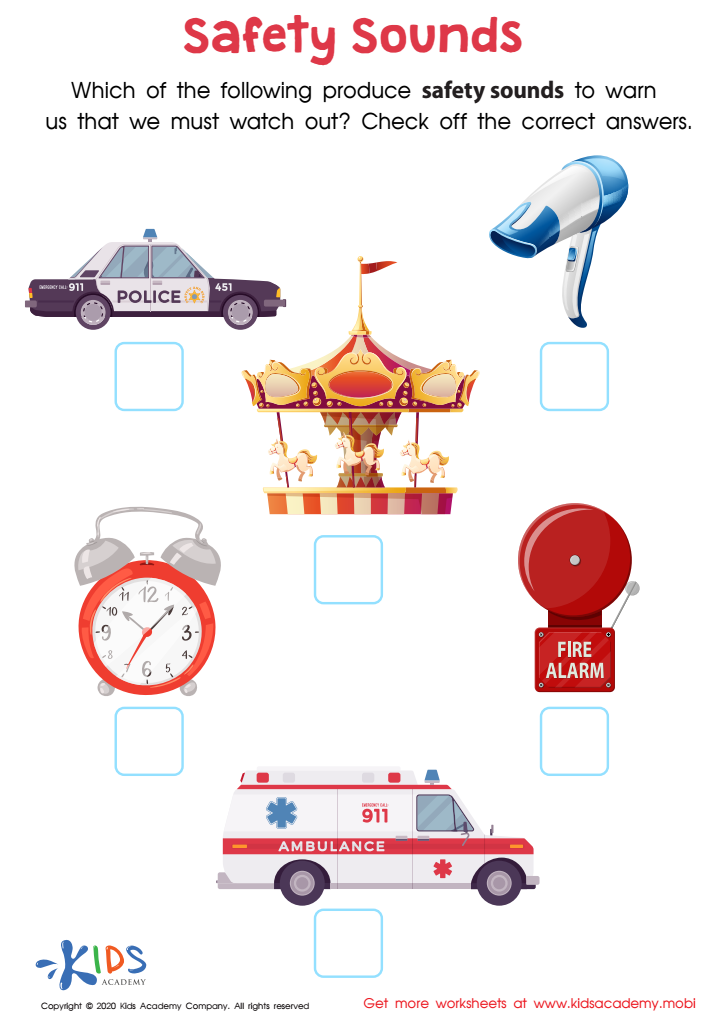

Safety Sounds Worksheet
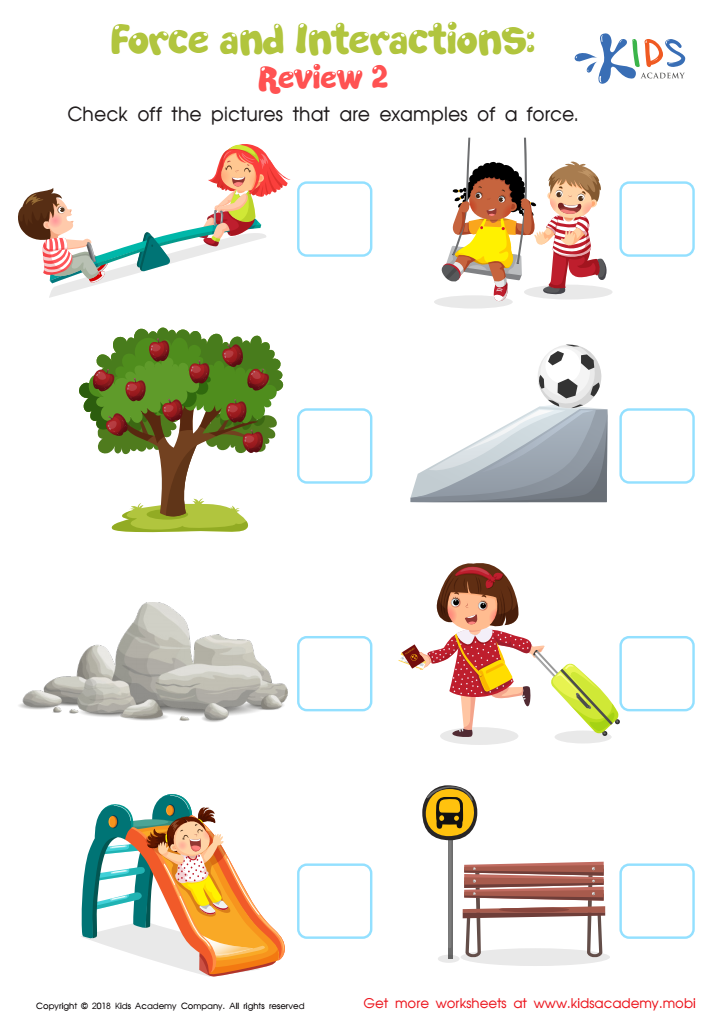

Force and Interactions: Review 2 Worksheet
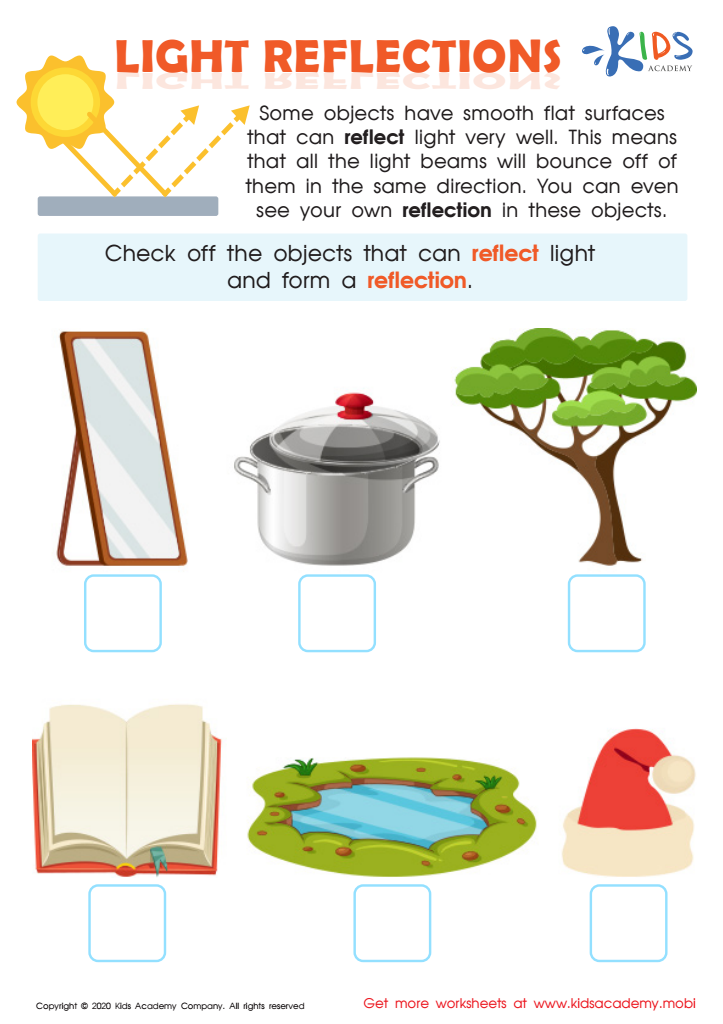

Light Reflections Worksheet
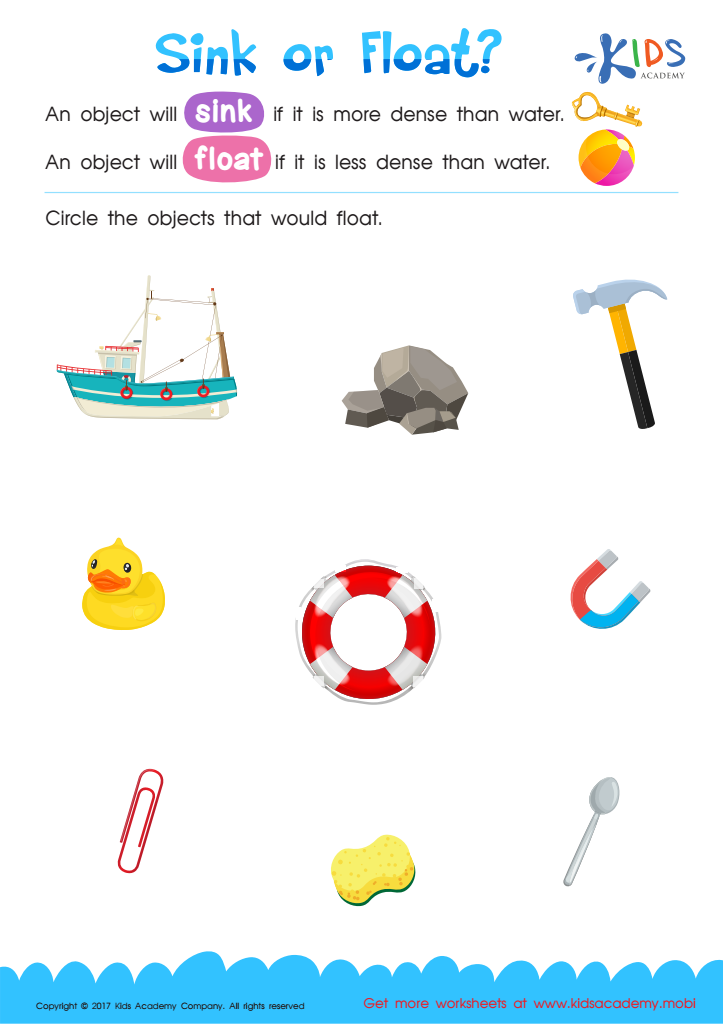

Sink or Float Printable
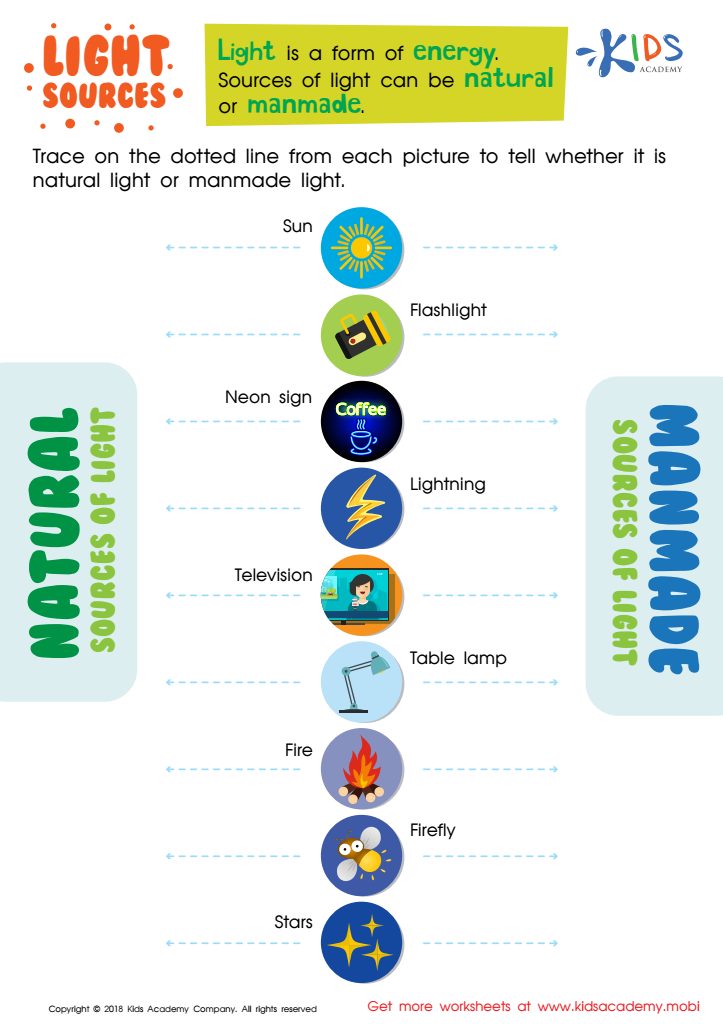

Natural and Manmade Light Sources Worksheet
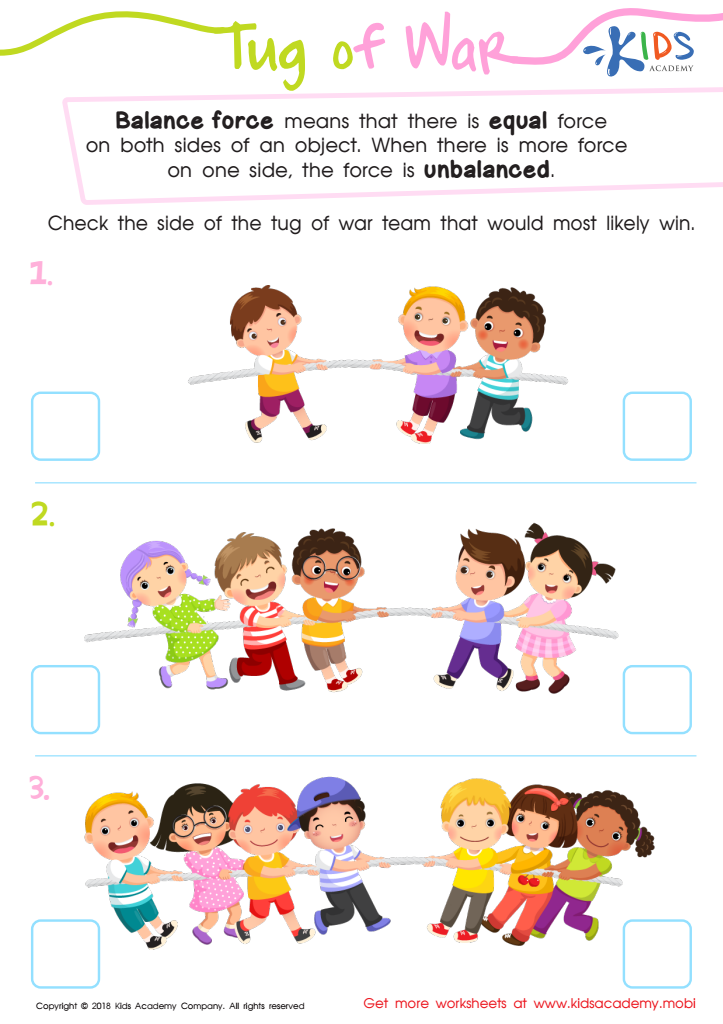

Balanced Forces Worksheet
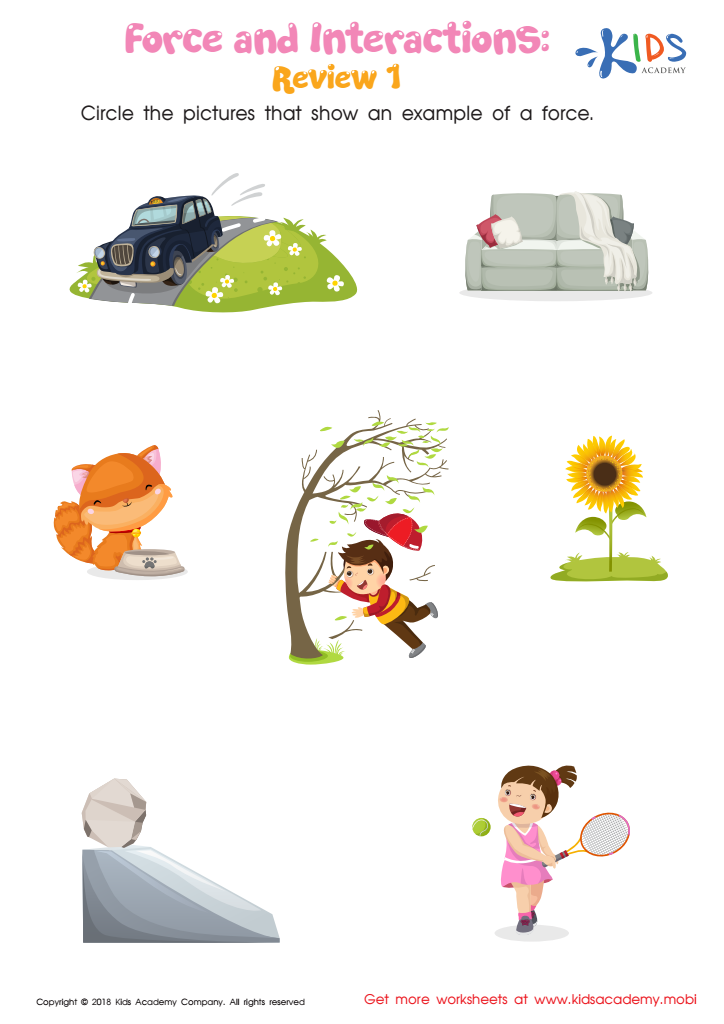

Force and Interactions: Review 1 Worksheet
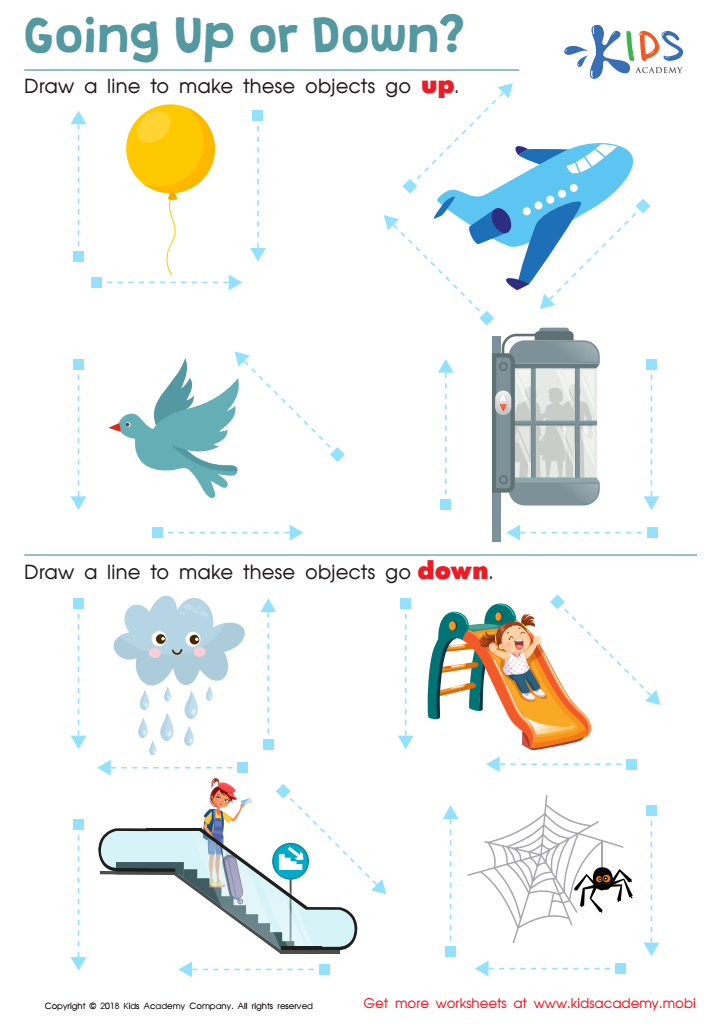

Going up or Down? Worksheet
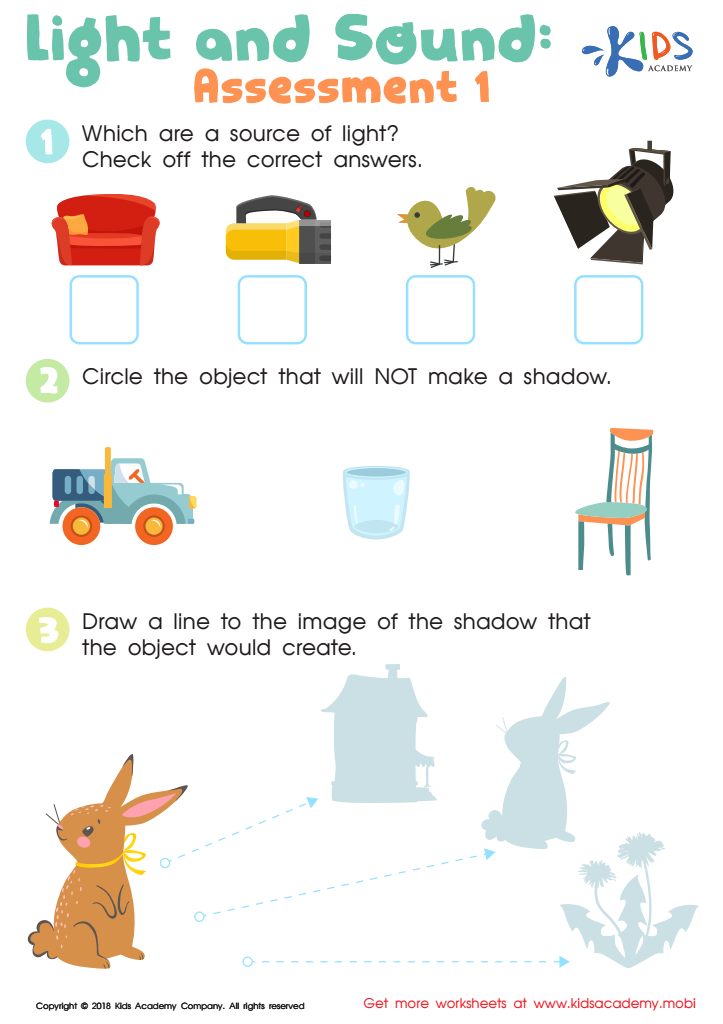

Light and Sound: Assessment 1 Worksheet
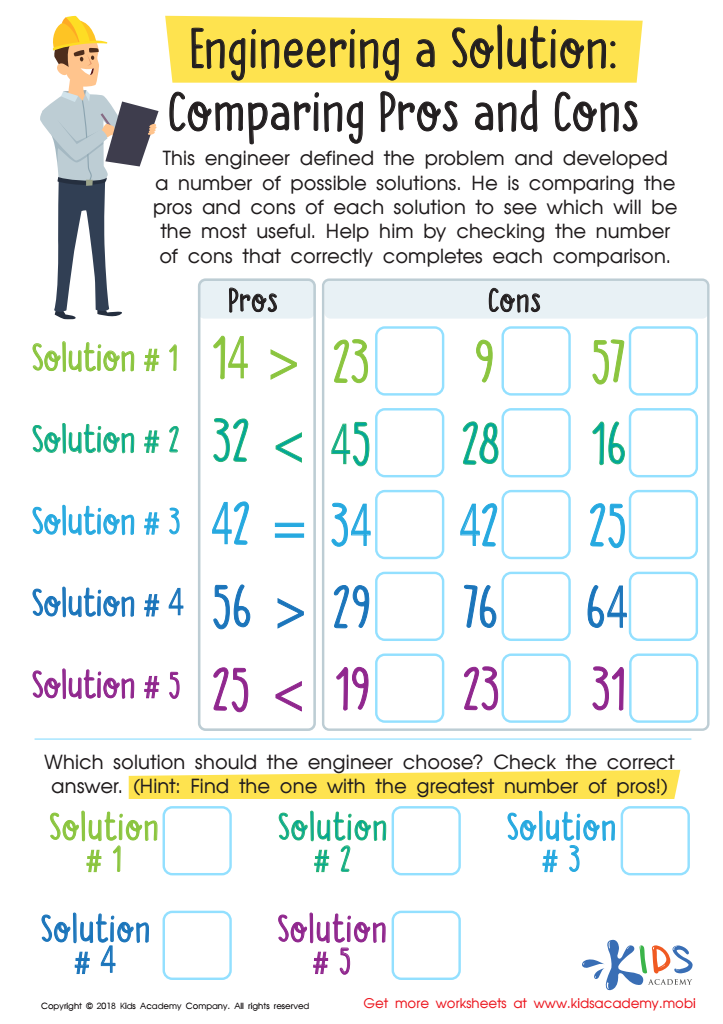

Engineering a Solution: Comparing Pros and Cons Worksheet
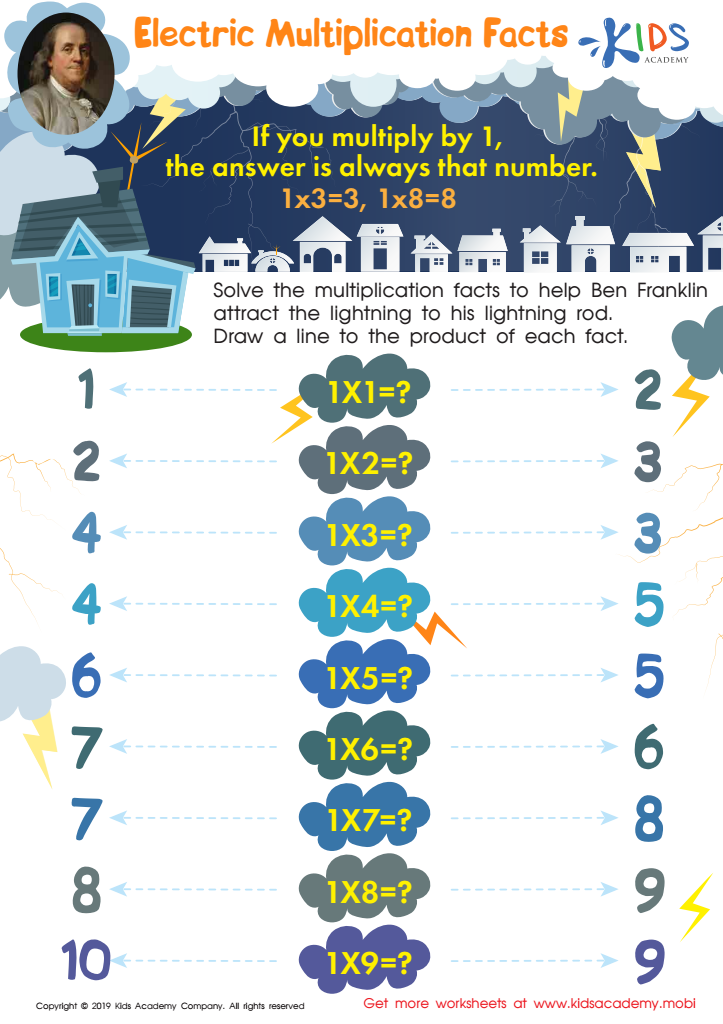

Electric Multiplication Facts Worksheet
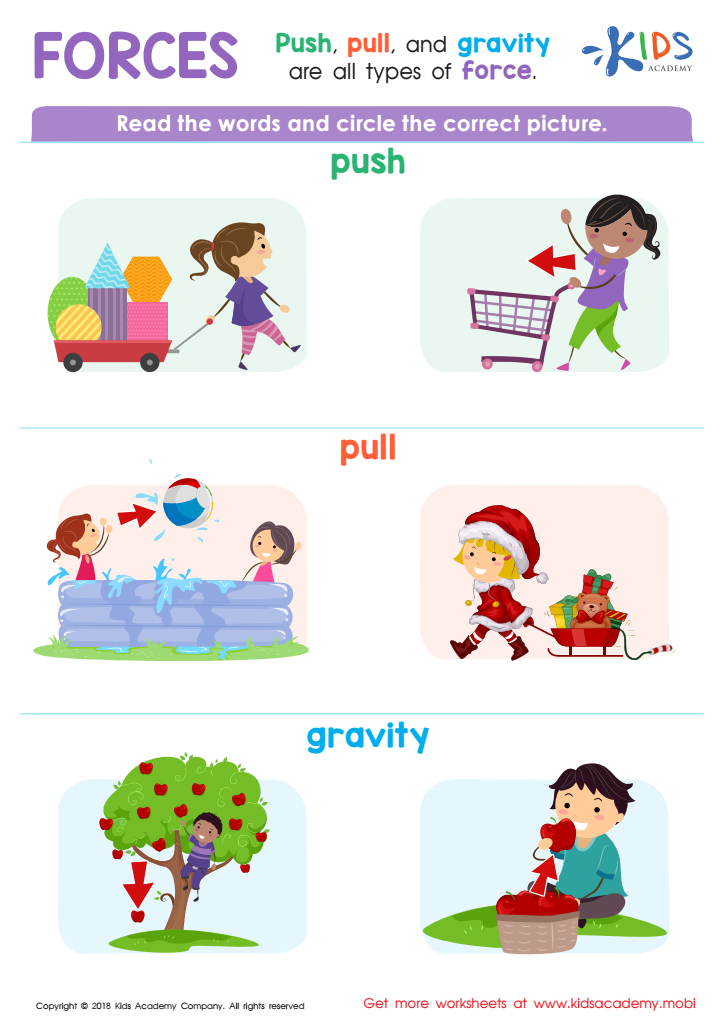

Forces Worksheet
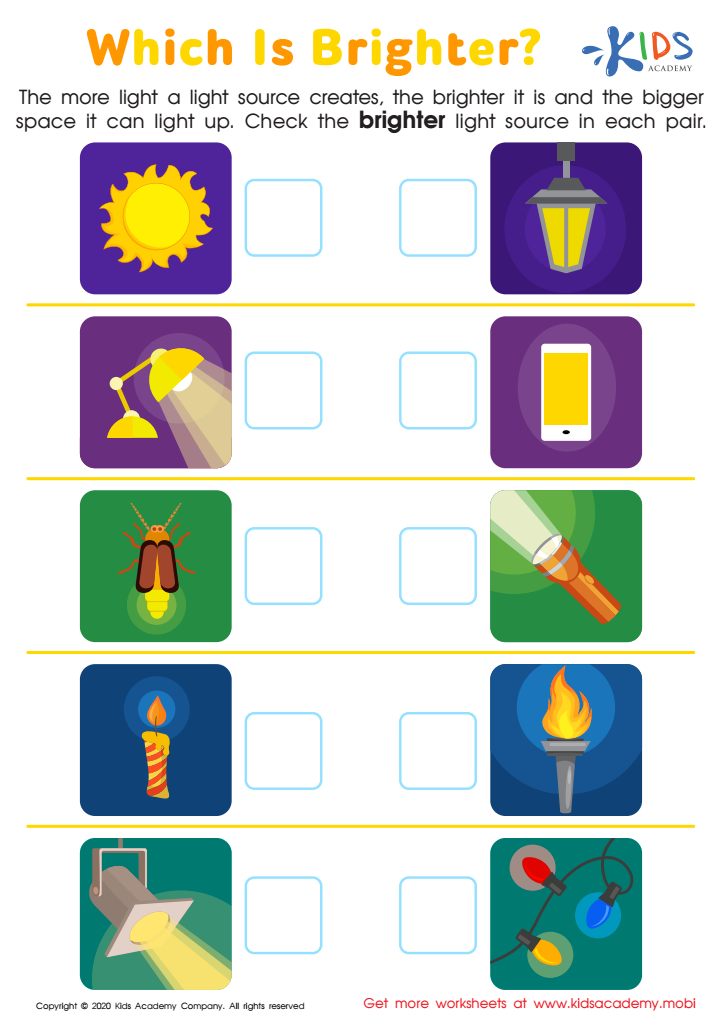

Which Is Brighter? Worksheet
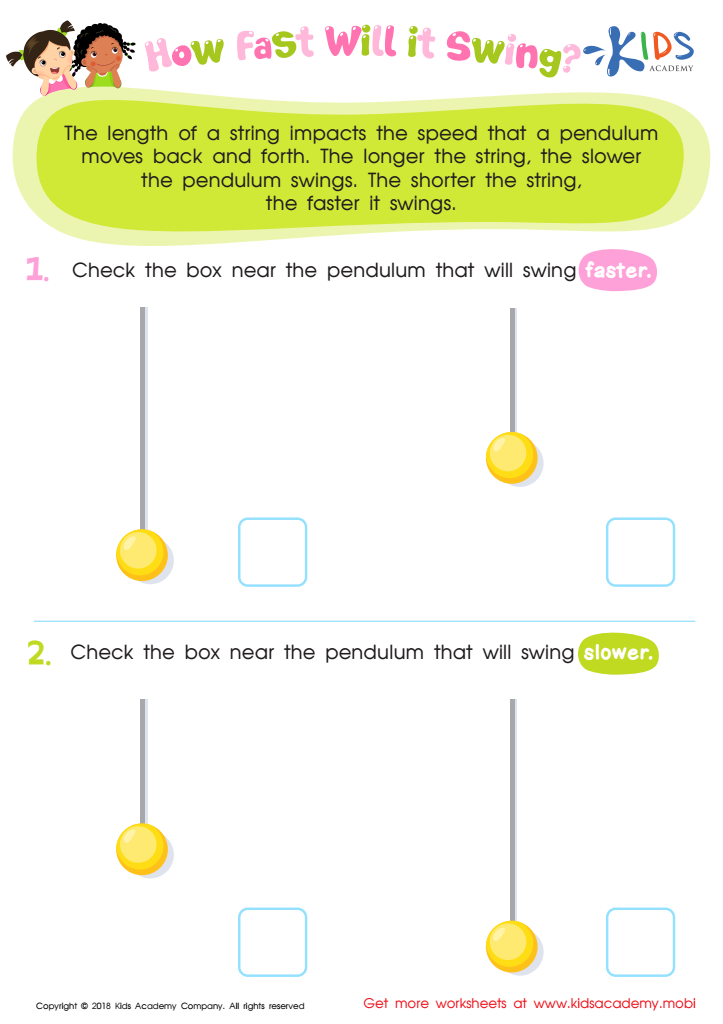

Pendulum Experiment Worksheet For 3rd Grade
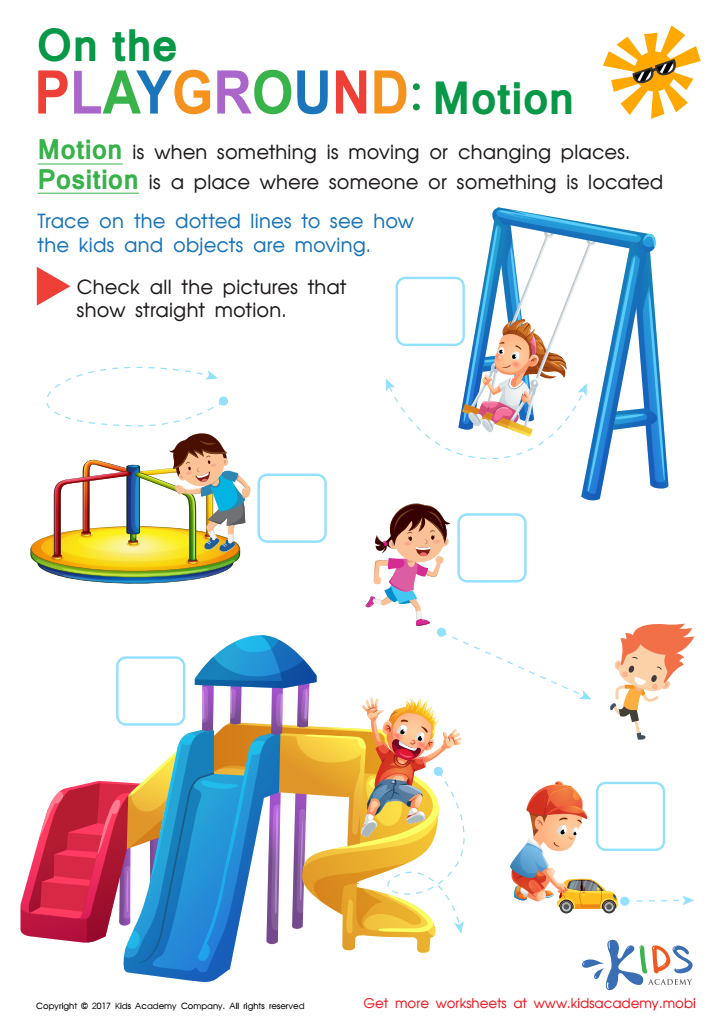

Position and Motion Worksheet
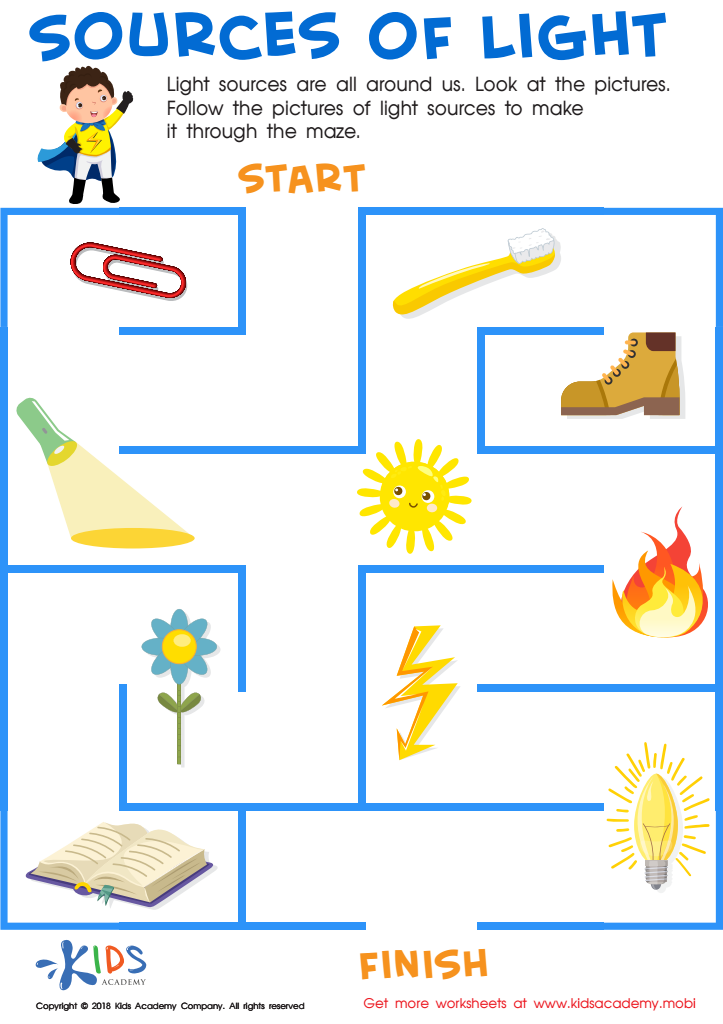

Sources of Light Worksheet
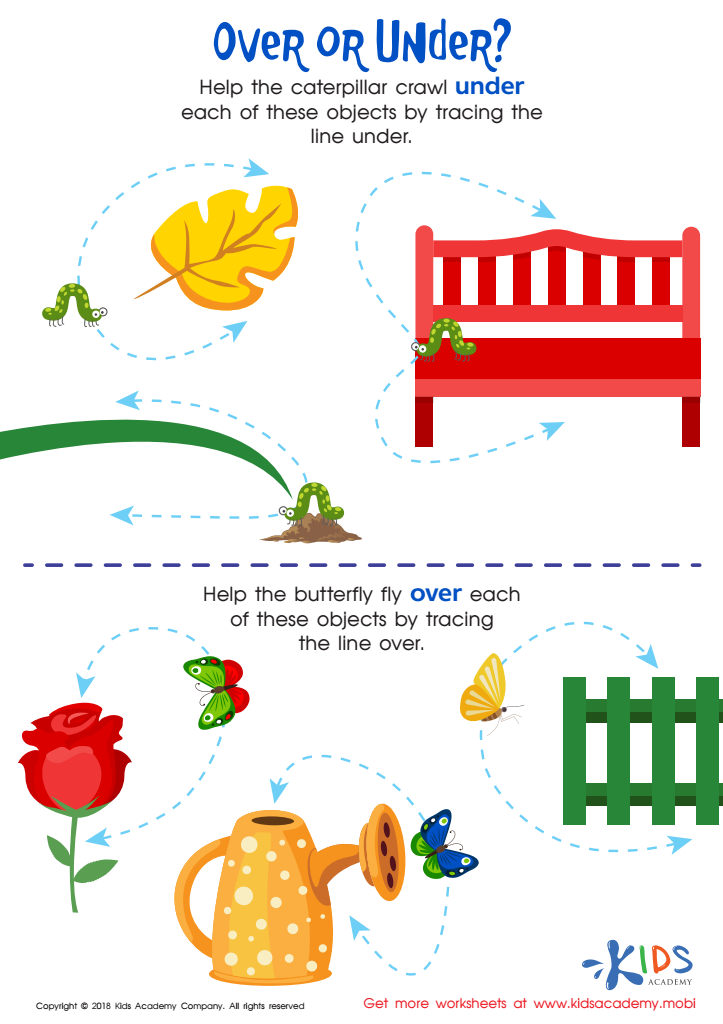

Over or Under? Worksheet
Parents and teachers should care about physical science for ages 5-8 because it fosters curiosity, critical thinking, and foundational understanding of the world. At this age, children are naturally inquisitive and eager to explore their surroundings. Introducing them to physical science can harness this curiosity, turning everyday phenomena into fun and educational experiences. Physical science helps young children develop observation and problem-solving skills as they engage in experiments and discussions. These activities teach them how to ask questions, make predictions, and analyze results—all essential components of scientific inquiry.
Furthermore, early exposure to physical science can build a strong foundation for future learning. Basic concepts like gravity, magnetism, and states of matter not only prepare children for more complex scientific topics but also integrate seamlessly with math, literacy, and environmental studies. By relating science to their everyday lives, parents and teachers can make learning more relevant and engaging, preparing children for lifelong educational success.
Investing in physical science education for young children also helps cultivate a lasting interest in STEM (Science, Technology, Engineering, and Math) fields, which are crucial for innovation and problem-solving in today's world. By supporting early science education, parents and teachers contribute to the development of well-rounded, curious, and capable future learners.
 Assign to My Students
Assign to My Students



